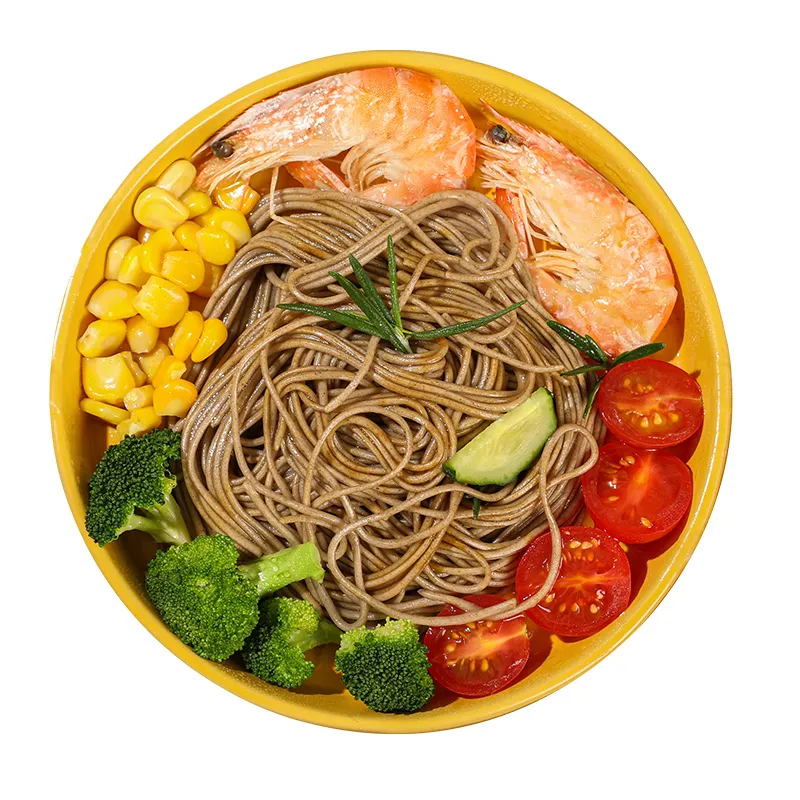different types of soba noodles
Different Types of Soba Noodles A Culinary Exploration
Soba noodles, a traditional Japanese dish made from buckwheat flour, have gained immense popularity across the globe for their unique taste, nutritional benefits, and versatility in various cuisines. These slender, earthy-hued noodles can be enjoyed hot or cold and are a staple in countless Japanese recipes. While many are familiar with the classic soba, the world of soba noodles is diverse and encompasses various styles, each with distinct characteristics and uses. Let’s explore the different types of soba noodles commonly found in Japanese cuisine.
1. Zaru Soba
One of the most popular preparations of soba is Zaru Soba. This dish features chilled soba noodles served on a bamboo mat (zaru), along with a dipping sauce known as tsuyu, which is primarily made from soy sauce, mirin, and dashi. Zaru Soba is typically garnished with sliced green onions, wasabi, and nori (seaweed). This refreshing dish is particularly enjoyed during Japan’s hot summer months, delighting diners with its cool and satisfying textures.
2. Kake Soba
For those who prefer their noodles warm, Kake Soba is an ideal choice. This variation features soba noodles served in a hot broth made from a similar base as the dipping sauce but with added dashi for depth. Kake Soba is commonly garnished with sliced kamaboko (fish cake), green onions, and a sprinkle of yuzu zest for a fragrant finish. The warmth of the broth complements the nutty flavor of the buckwheat noodles, making it a comforting option, particularly during the colder seasons.
3. Tempura Soba
Tempura Soba is a delightful combination of soba noodles served alongside or topped with tempura—crispy battered and deep-fried vegetables or seafood. This dish not only offers a contrast in texture between the soft noodles and the crunchy tempura but also creates a delightful flavor profile. Diners can enjoy it either hot or cold, depending on preference, making it a versatile staple on many menus.
4. Soba Salad
different types of soba noodles

In recent years, soba noodles have found their place in salad dishes, offering a healthy and hearty meal option. Soba Salad is typically made with chilled soba noodles tossed with a variety of fresh vegetables such as cucumbers, carrots, and cherry tomatoes. The dish is often dressed with a light sesame or soy-based vinaigrette, making it a refreshing choice for a light lunch or dinner. Adding proteins such as tofu, chicken, or shrimp can transform this salad into a complete meal.
5. Yaki Soba
While not a traditional soba dish, Yaki Soba has gained popularity worldwide, especially in Japan and other Asian countries. Despite the name, Yaki Soba is typically made with wheat noodles stir-fried with meat, vegetables, and sometimes soba for added texture. The noodles are well seasoned with soy sauce, Worcestershire sauce, and other spices, resulting in a hearty, savory dish that showcases the adaptability of soba noodles in various culinary contexts.
6. Sobagaki
Sobagaki is a less common yet interesting form of soba noodle known for its unique preparation method. In this dish, buckwheat flour is mixed with hot water to form a thick, dough-like texture that is then shaped into small dumplings. These dumplings can be served in hot broth or with dipping sauces, providing an entirely different yet delightful way to enjoy the flavors of buckwheat.
7. Brown Soba Noodles
Another noteworthy type is brown soba, made with unrefined buckwheat flour that retains more of the grain’s natural nutrients and flavor. These noodles have a slightly darker hue and a richer taste compared to traditional soba, providing a whole grain option that is becoming increasingly popular among health-conscious consumers.
In conclusion, the versatility of soba noodles transcends their humble origins as a traditional Japanese staple. Through various preparations and presentations, soba has adapted to different taste preferences and culinary practices around the world. Whether you savor them cold as zaru soba, warm in a comforting kake soba, or creatively in a salad, soba noodles offer a delicious and healthy option suitable for any meal. The next time you enjoy soba, consider exploring the different types available to fully appreciate this wonderful dish.
-
Unlock the Delicious Potential of Yam NoodlesNewsAug.11,2025
-
The Authentic Taste of Lanzhou NoodlesNewsAug.11,2025
-
Savor the Art of Hand Pulled NoodlesNewsAug.11,2025
-
Indulge in the Timeless Delight of Spaghetti BologneseNewsAug.11,2025
-
Indulge in the Rich Flavor of Braised Beef NoodlesNewsAug.11,2025
-
Elevate Your Meals with the Magic of Fresh PastaNewsAug.11,2025
-
Unleash Your Inner Chef with Delectable Italian Pasta CreationsNewsAug.01,2025
Browse qua the following product new the we

















































































































